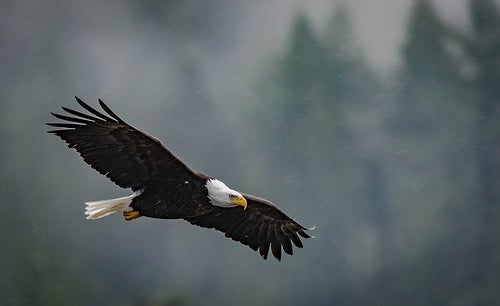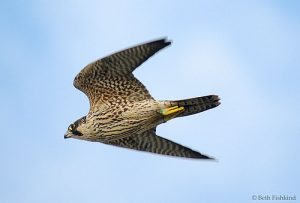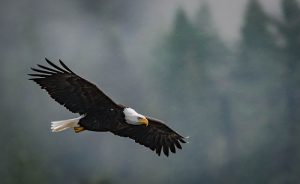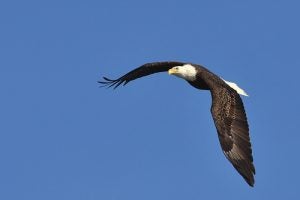We are observing the most coordinated set of attacks on the Endangered Species Act since it was signed into law nearly a half century ago.

The bald eagle – our nation’s symbol – would have likely gone extinct if not for the protections of the Endangered Species Act. Learn how our nation’s symbol soared back from the brink. Photo Credit: Bob Jensen
The latest series of assaults – from legislation introduced in Congress to proposed changes by the Trump administration – fall into the increasingly perilous partisan trap that pits industrial and economic interests against the environment and public health.
This two-sided narrative consistently drowns out moderate voices in national media coverage and has created an illusion of broad disagreement around the ESA that simply does not exist.
Recent surveys show that 83 percent of Americans support the ESA, including 74 percent of conservatives.
That’s a lot of bipartisan support. Yet House legislators and the Trump administration are pushing extreme proposals that cater to the political whims of a few special interests.
Americans deserve better. Here are six actions that will improve protections for wildlife, preserve our outdoor heritage and strengthen local communities. Read More














